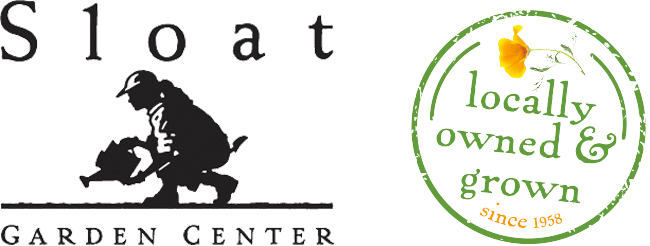These members of the nightshade family need warm temperatures in order to blossom and fruit. When the soil has warmed and all danger of frost has passed, peppers can be planted (usually throughout May and June).
Hot peppers grow best in warm areas of our growing region, whereas sweet peppers can thrive in cooler, foggier regions.
Peppers grow on attractive, bushy plants ranging from less than a foot high to 4 ft tall, depending on variety. There are two basic types of peppers; sweet and hot.
Sweet peppers are always mild in flavor, even when they ripen and change color. Sweet pepper varieties include:
- bell peppers (which are known as stuffing peppers and salad peppers). Varieties will ripen to red, yellow, orange, purple or even brown.
- sweet pimientos (used in salads and for cooking and canning)
- sweet cherry peppers (used for pickling)
- Long slender Italian frying and Hungarian sweet yellow peppers (both great for cooking)
Hot peppers vary from small pea size types to narrow, 6-7 inch long forms. All are pungent, ranging from mildly hot italian pepperoncini to near incandescent hot habanero.
All peppers need a long and warm growing season, and in most areas they must be planted outdoors as seedlings in order to produce fruit. Space pepper plants 1 1/2 – 2 feet apart. After plants are established (but before blossoms set), fertilize once or twice.
Allow 60 to 95 days from setting out plants to harvest. Sweet peppers are ready to pick when they have reached a good size. Pick hot peppers when they reach full size; harvest when still green or wait until they turn yellow or red for a richer flavor.
To harvest any pepper, snip the stem with hand pruners or scissors.

